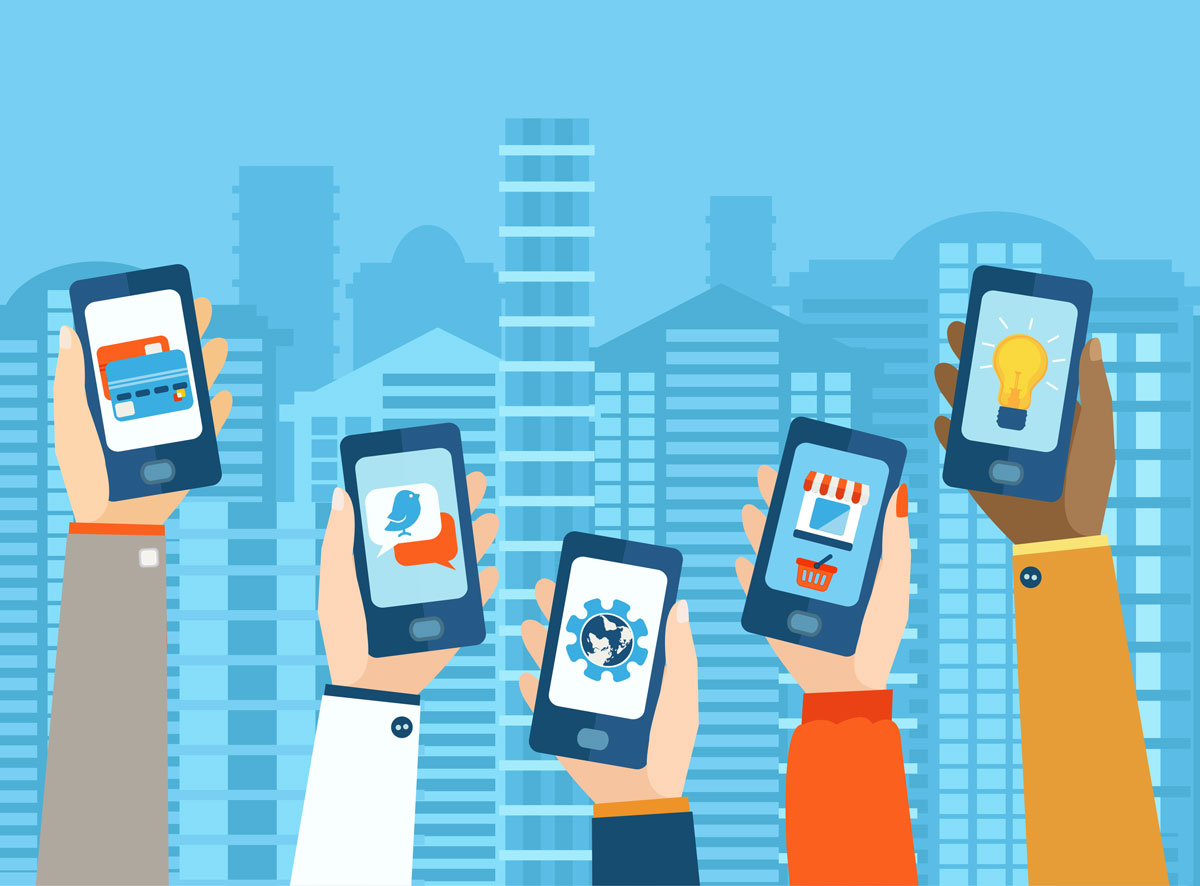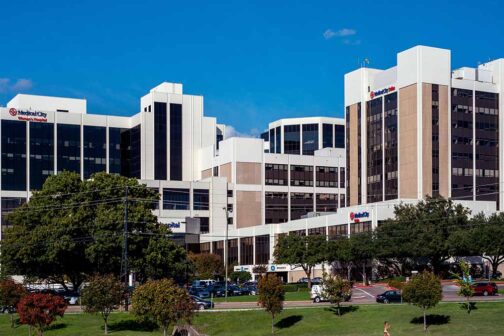In January, nearly 170,000 people from more than 3,600 companies set up shop in 2.4 million square feet of exhibit, booth, demo, and meeting space in Las Vegas for the Consumer Electronics Show, ground zero for the latest tech trends. From the biggest stage in the venue, the president of Samsung SDS and head of its business solutions unit, Dr. WP Hong, declared that “the future is today. The Internet of Things is in sync with real life.”
Market projections that followed seemed to leave nothing out. The research firm IDC predicts the global IoT market will hit $7.1 trillion by 2020. The Associated Press cited McKinsey Global Institute’s prediction that “the value created by connecting the world’s devices could hit $11 trillion annually by 2025, a mind-boggling sum that represents over half of U.S. economic output in a year.”
The IoT is huge—but hard to pin down. “The numbers are so big, they’re almost meaningless,” says Stuart Sikes, president of Dallas-based Parks Associates.
Defining the IoT
The Internet of Things is a popular catch-all for several simultaneous trends. The IoT broadly refers to the phenomena occurring when devices with sensors and connectivity (“smart” devices) connect to the Internet—and each other—and produce a new kind of insight or service. These insights, and all the data created, are what businesses are using to become more efficient and enter into new markets.
IoT is similar to M2M (machine-to-machine) communication, where a single connected device “talked” to a company’s back office, according Craig Lee, director of the AT&T Foundry in Plano. But the difference, Lee says, is that with IoT, we have millions of smart devices connected to the cloud, and we can “mix in additional data points and layer in more business logic decisions.”
Propelling IoT forward is the steady drop in the price of cloud computing, along with the increased computing capacity. Also accelerating IoT is the explosion of wireless sensors and other devices. Texas Instruments has 14 different wireless technologies in its embedded devices portfolio, according to Greg Delagi, senior vice president and general manager of the company’s embedded processing business. “We don’t know exactly where things are going to go and it differs from application to application,” he says. The key is to make chips with increasingly lower power requirements. “The lower the power, the longer it will last,” Delagi says.“It will change how you deliver value and maintain relationships.”
Greg Delagi
Internet connectivity, too, is playing a big role. In 2014, the number of active mobile-connected devices surpassed the world’s population. This year, Parks Associates says U.S. broadband households own more than seven connected devices, on average, and 18 percent own at least one smart home device. The Economist Intelligence Unit projects that the U.S. will have 118 mobile subscriptions per 100 people this year, thanks to consumers owning multiple mobile devices and paying to keep them connected. According to OpenSignal, Dallas’s LTE coverage is 21 percent better than the average U.S. city, making IoT device deployment a reality for businesses in North Texas.
In its Carrollton warehouse, Crane Worldwide Logistics drops a 7-ounce white brick with no LCD screen into its most expensive shipments. This brick, part of AT&T’s Cargo View with FlightSafe, an IoT service, is a set of rugged sensors that ride with cargo and constantly connect and send back data on how a shipment is doing, where it is, how hot it’s getting, and how long it will take to arrive at its destination. The data sent back makes the shipment “visible” to the shipping company and its customer. “We can geo-fence the products, too,” says Dan Ficco, Crane’s regional VP of North America West, Mexico, and Canada. “If it goes off route, I’ll know about it.”
The excitement around IoT is understandable. “Everyone is getting an idea of what can be connected,” TI’s Delagi says. But he cautions that it is important to think of IoT in the right context. “The Internet of Things is not a market; it’s an underlying capability that will have an impact on every market, in every industry, on the planet.”
If you go to work worried each day about making your business more efficient and how to get closer to what your customers are thinking, the Internet of Things can provide a way to get you the data that can help.
“IoT is really about knowing the operational metrics, in real time, around all the processes in your business,” says Mobeen Khan, who leads AT&T’s Enterprise IoT practice.
What To Do With IoT
For businesses, connected devices with cloud-based analytics can help you get better data from your most valuable customers. Connected devices provide usage statistics and diagnostic information instantly. With cloud-based applications, smart devices can suddenly support new features overnight. Manufacturers are now behaving like software companies, providing incremental upgrades without ever setting foot in a consumer’s home. Service subscriptions could replace warranties and help keep customers loyal to a particular brand or type of device.
For consumers, says Sikes of Parks Associates, new IoT applications are demonstrating how machines and services can work in the background without the user having to operate them through an app. For example, users of Amazon’s Echo device can use voice commands to control Philips Hue lights and switches, as well as home automation kits like the ones made by electronics giant Samsung and Wink, the New York-based startup. Suddenly lights, plugs, and doors are switched and unlocked with a simple command.
For city governments, a completely connected infrastructure shows some promise. AT&T announced in January that it is working with three cities—Atlanta, Chicago, and Dallas—to “build a framework to help cities better serve their citizens.” The announcement was light on specifics, but the expectation is that better data from a variety of sources can reduce traffic congestion and improve public safety. Data from connected cars, for example, combined with road sensors and traffic cameras, might help warn GPS systems and update digital signage on roadways. Already 1 million of the 25 million connected devices on AT&T’s network are connected cars.
The universe of connected devices is growing each day and it’s important to keep in mind that this is a far different opportunity than arming employees with smartphones and tablets. “We’re finding that, in IoT solutions, the smartphones are the consumers of the data,” says AT&T’s Khan. “At the end of an IoT communication, you’ll send a text message for someone to fix something. They’re not creating the data.”
It’s tough to summarize all that’s possible with the Internet of Things, but what you can’t do is ignore it. “As a CEO you’re either going to embrace this as a discontinuity or become a dinosaur,” says TI’s Delagi. “You may not understand this, but it will change how you deliver value and maintain relationships with customers.”






